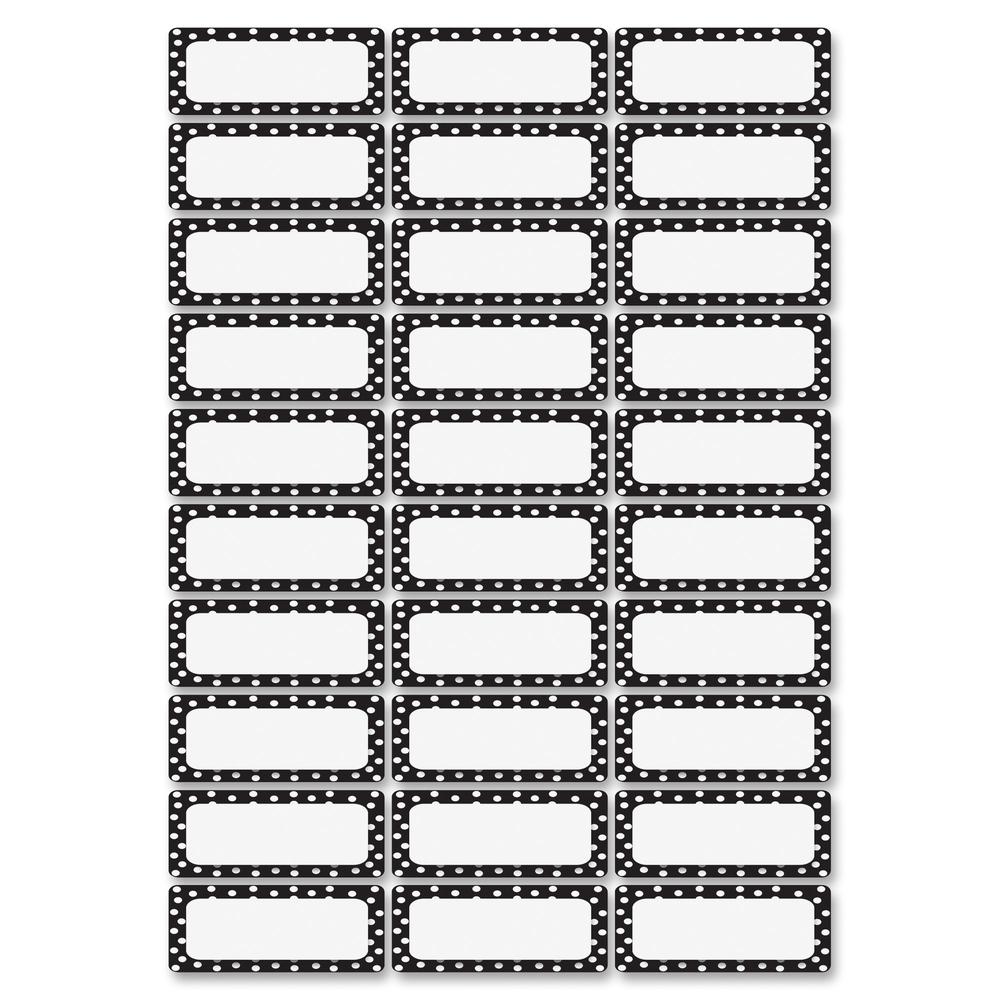
#ERASING BLACK DOTS IN CHEETAH3D PDF#
In order to get half size drawings we will print the PDF and set the “Scaling” percentage to 50% by going into “Properties” > “Advanced” and then down to the “Graphic” section to set the “Scaling”.
#ERASING BLACK DOTS IN CHEETAH3D FULL SIZE#
We do this to make it easier for a full size plot to be produced and it makes more since to store these drawings their native size. The issue with have with the option to check the “Print As Image” box in the “Advanced Print Setup” is that when we create PDFs of our drawings so the PDF retains their accrual size of drawing (34”x22”). However, we have found that the DWG To PDF.pc3 setting has degraded graphics when it comes to viewing a PDF on machines with no graphic cards. The Adobe PDF.pc3 setting has this issue with Wipeout but the DWG To PDF.pc3 does not. In addition, the printer you use makes a difference. Having the frame turned off or on does not seem to cause the blackout issue. Being a white in color the wipeout will show up on darker background. Or maybe there is a way for DWF's to be used by MacsĬreate a layer G-Anno-Wipe with color 255,255,255 to place all wipeouts on.

> Is there any answer to this problem, or is the answer NOT to use Wipeout if your graphics department uses Macs. > Recently my west coast group has found that reduction of a Pdf will cause a similar pattern to form using Macintosh's. When these PDF Files are used on some printers it will create "Black" grids or lines in the "raster". > The opaque raster image created by Wipeout when printed to the PDF Format, produces a slow process that draws the background an then draws the raster over it to mask the background. Xerox 510 when printed directly from autocad. Then this has the added side effect that the image will not print on our Is to turn on the image transparency before printing to the pdf, but

I've found that it's not just with wipeouts that the problem occurs, ItĪlso occurs with raster images. Is there any answer to this problem, or is the answer NOT to use Wipeout if Similar pattern to form using Macintosh's. Recently my west coast group has found that reduction of a Pdf will cause a Printers it will create "Black" grids or lines in the "raster". Produces a slow process that draws the background an then draws the raster Wrote in message opaque raster image created by Wipeout when printed to the PDF Format, Worked for me when I have had that problem with incoming PDF's. Setting called.Print as Image.check that.then has always There should be an ADVANCED button.when you click on that, you should see a "Papa Taz" wrote in you are trying to print with the Adobe Reader only, when you hit PRINT, We further propose that the presence of localized bismuth salt precursor results from residual levels of a commercial intra-mammary teat sealant containing bismuth subnitrate that becomes unintentionally entrained within the cheese milk.Yet another reason to keep up with these NG's.

We hypothesize that localized bismuth salts entrained within the cheese curd react with hydrogen sulfide generated during aging to generate bismuth III sulfide. Such amorphous "nanorod" structures can be formed by the crystallization of bismuth III sulfide and are proposed to be a source of black discoloration. Transmission electron microscopy analysis of the BSD region revealed amorphous solid structures and one-dimensional hair-like structures, neither of which was present in non-BSD regions. Selected elemental analysis found the BSD region in cheese to have average concentrations of the element bismuth of approximately 400 microg/g, representing an approximately 2,500-fold increase over native levels of bismuth in cheese. To date, BSD has only been found in aged Cheddar cheese. Uniformly distributed throughout the cheese mass, BSD appears as small spherical black spots from 0.20 to 4.7 mm in diameter and at an average frequency of about 2 spots per kg of cheese. The objective of this work was to characterize a novel appearance defect found in Cheddar cheese, heretofore referred to as black spot defect (BSD), and to determine an etiology.


 0 kommentar(er)
0 kommentar(er)
